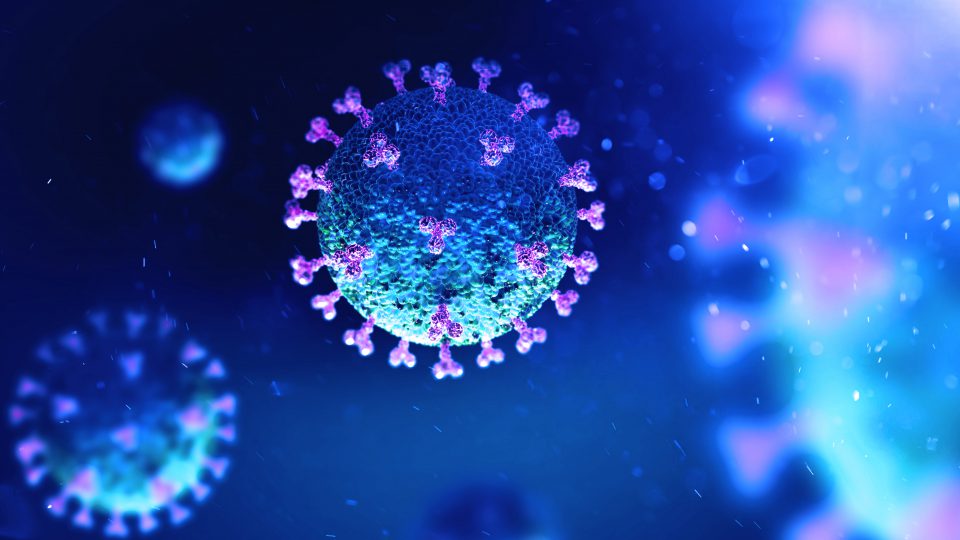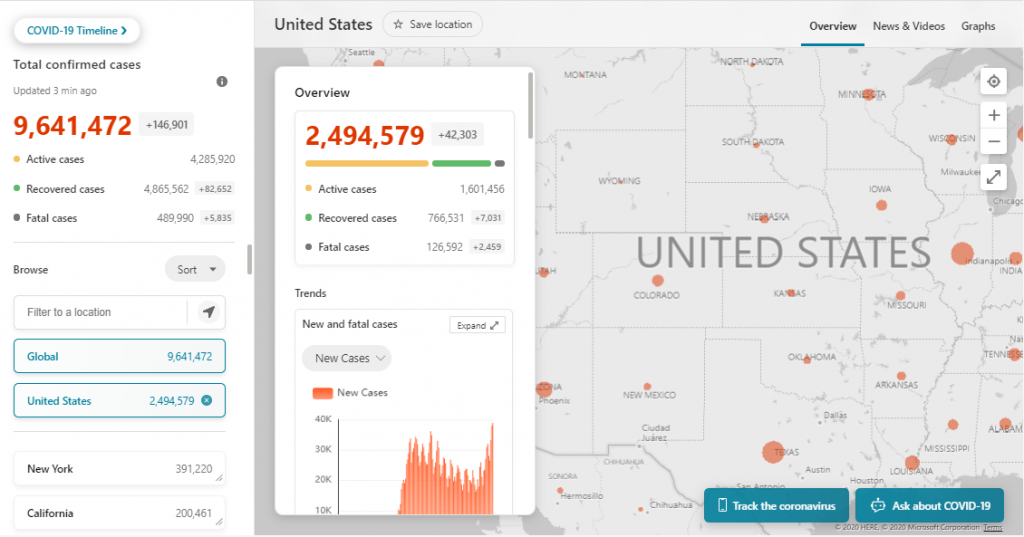
On Dec. 31, 2019, health authorities in Wuhan, China, reported a cluster of pneumonia cases of unknown cause. What turned out to be COVID-19 spread rapidly around the world and was soon declared a pandemic and is now responsible for at least 490,000 deaths of the 9.7 million confirmed cases. Businesses and schools shut down. Lives were forever changed.
As a global news organization, Microsoft News reacted swiftly to the reports, teaming with Bing to provide best-in-class coverage that is still growing in scale daily. A total of 53 countries launched Microsoft News hubs dedicated to coverage of COVID-19 and have shared best practices among each other. As cases of coronavirus began emerging in the United States, Bing COVID-19 tracker aggregated data from the Center for Disease Control and Prevention (CDC), World Health Organization and other authoritative sources for an interactive map.
More than 85 million users have visited the hubs. The hunger for news was rapid at first, and while it has slowed down it still is increasing. The offering has been reactive, reasoned and responsible, including a mix of news, analysis, advice and data — very deep data that will be getting even deeper in the coming weeks as MSN continues to tell this historic story.

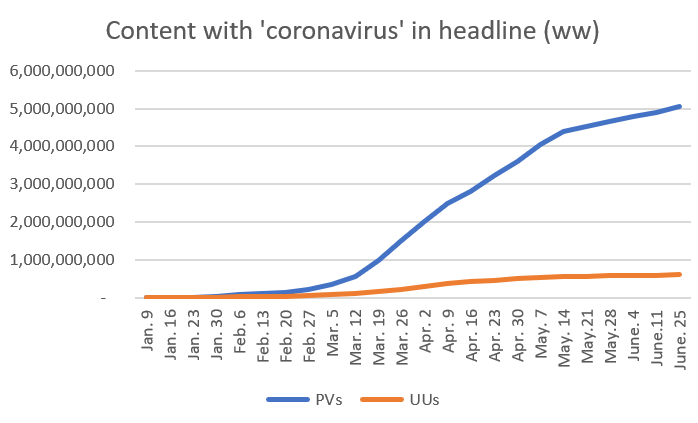
The pandemic is at once a global and local story, with ramifications on personal health and the worldwide economy. To help users grasp its enormity and relevance, Bing’s interactive COVID map drills down to the county level for data and trends, and allows for comparisons amongst regions. There is a bot with which users can self-check their symptoms and their meanings. Searching on Bing yields answers to nearly every question about coronavirus.
Microsoft News has also connected people in need. The Fight Is In Us is a place to donate money and plasma. With cooperation with the Endangered Languages Project, news about the pandemic is available in 500 under-resourced languages. A section featuring LinkedIn helps job-seekers to find out who is hiring.
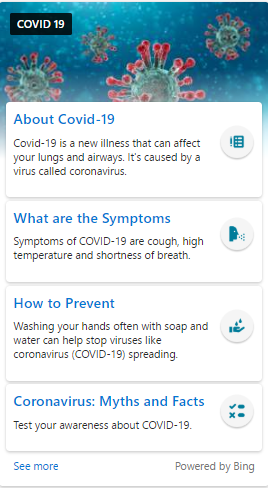
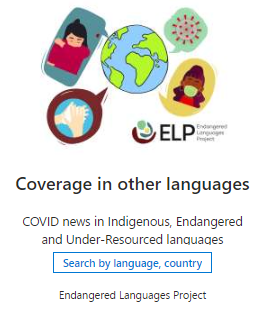
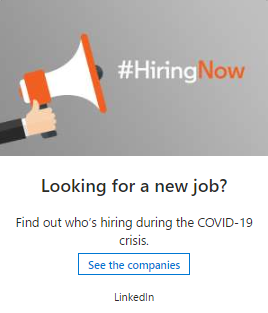
Each region also has its unique angle on the reporting:
In the U.S., MSN provides a separate page for each state, with localized news and data. Those state pages have amassed 77 million clicks as users gravitate toward local news.
France features prominent links to official government information.
The UK focused at times on “Kindness in Crisis,” highlighting where the most vulnerable can get help, where donations can be made and stories of good deeds.
Brazil had a hub dedicated to Causes, such as UNICEF. Brazil also highlighted “Fake News,” so users knew the myths of the pandemic.
 Italy strived, and succeeded, to bring users “Good News” and #stayathome info. Art aficionados “visited” the best paintings around the world from home. Live webcams from famous places satisfied digital wanderlust. Restless kids had their own hub dedicated to ideas and activities, home workouts and recipes.
Italy strived, and succeeded, to bring users “Good News” and #stayathome info. Art aficionados “visited” the best paintings around the world from home. Live webcams from famous places satisfied digital wanderlust. Restless kids had their own hub dedicated to ideas and activities, home workouts and recipes.
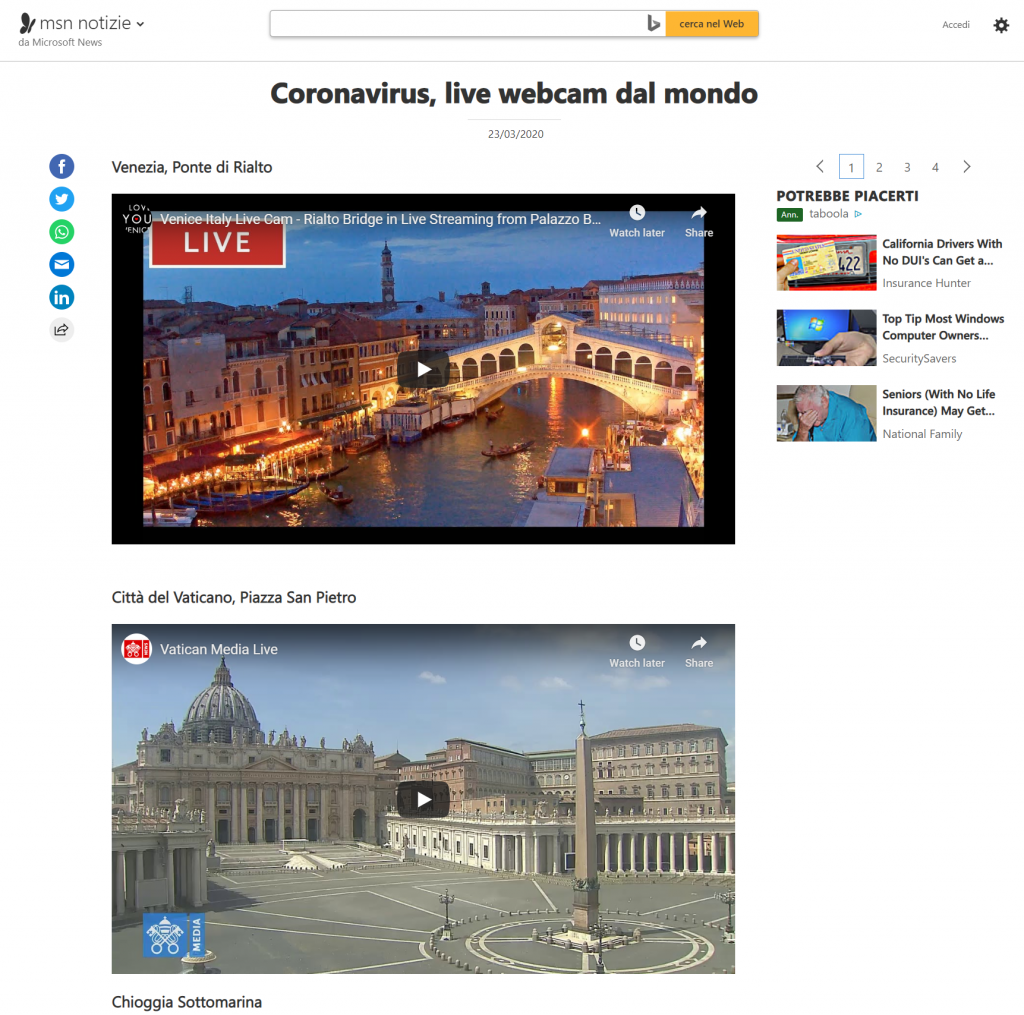
Markets in the Nordics promoted a campaign to collect spare PCs to be given to students without one. Israel focused on how to spend time at home.
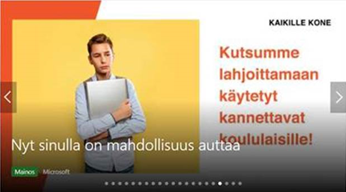
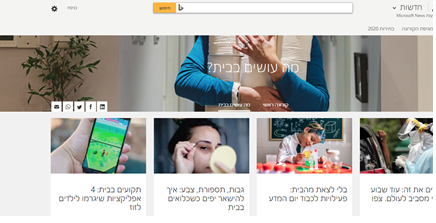
Soon, the U.S. market will unveil intensely localized data, with Power BI-driven pages that will drill down to the county level and display trends and worldwide comparisons.
Nobody was ready for the big story of 2020, but Microsoft News users can be certain they have remained informed and enlightened, thanks to great teamwork and quick reactions around the world.

